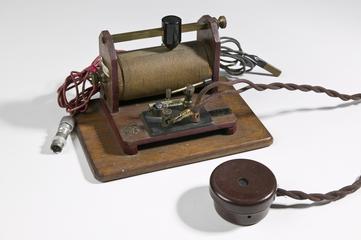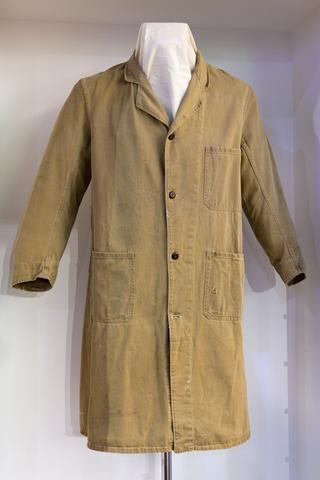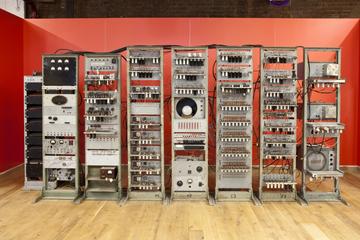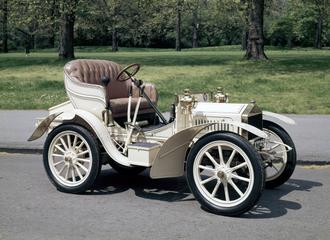
Cathode ray tube
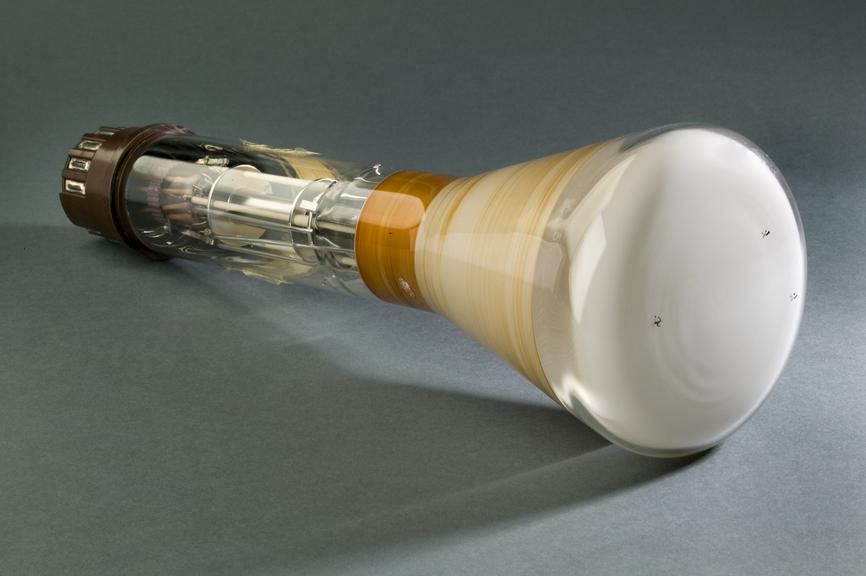
VCRX266 cathode ray tube computer memory, c.1956.
Cathode-ray tubes (CRT) were used as an early type of electronic computer memory.
First invented in the 1890s, CRTs were commonly used as display screens in 20th century electronic devices, such as televisions or oscilloscopes. However, in the late 1940s Frederick Williams and Tom Kilburn developed a way of using them to store computer data.
The screen of the CRT was used to store electronically charged dots, each representing a one or a zero depending on its electrical charge, giving computers a way to store and access programs and other data electronically at high speed. The CRT memory, also known as a Williams Tube or Williams-Kilburn Tube, was the earliest successful electronic computer memory and was used on the 1948 Manchester Baby, the world’s first stored program computer. It was also adopted by several other early computers in the 1950s.
The ordinary CRTs used for the first memory devices proved to be fairly unreliable. To improve the situation, the General Electric Company (GEC) Research Labs in Wembley developed a new type of CRT specially designed to be more reliable when used as computer memory. This new CRT, the VCRX266, was then used on Ferranti Mark 1 computers, the commercial development of the improved Manchester Baby design. Each of the new CRTs stored about 160-bytes of data, a tiny amount of memory by modern standards.
This particular CRT was used on a computer at the University of Manchester in the 1950s, possibly the University’s Ferranti Mark 1.
Details
- Category:
- Computing & Data Processing
- Object Number:
- Y1988.242.3
- Materials:
- glass, plastic (unidentified) and metal (unknown)
- Measurements:
-
480 mm 155 mm,
- type:
- cathode ray tube
- credit:
- Gift of University of Manchester, Department of Computer Sciences

